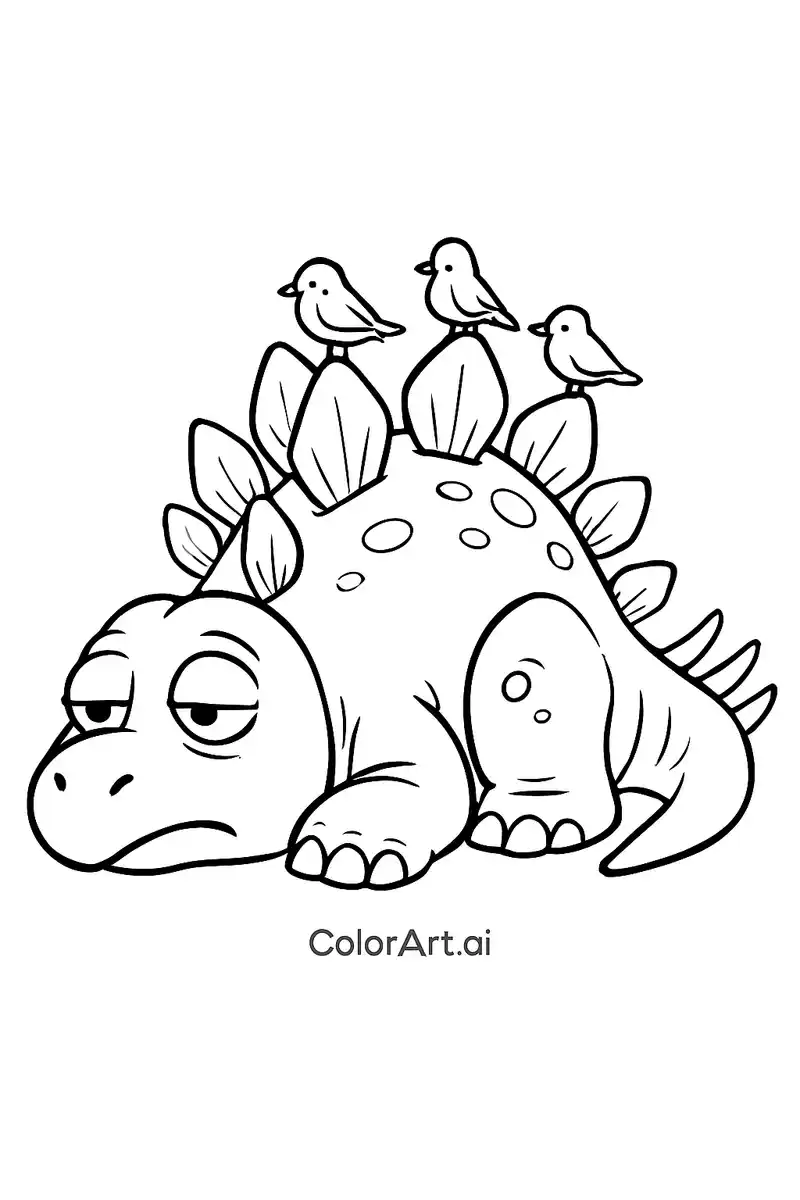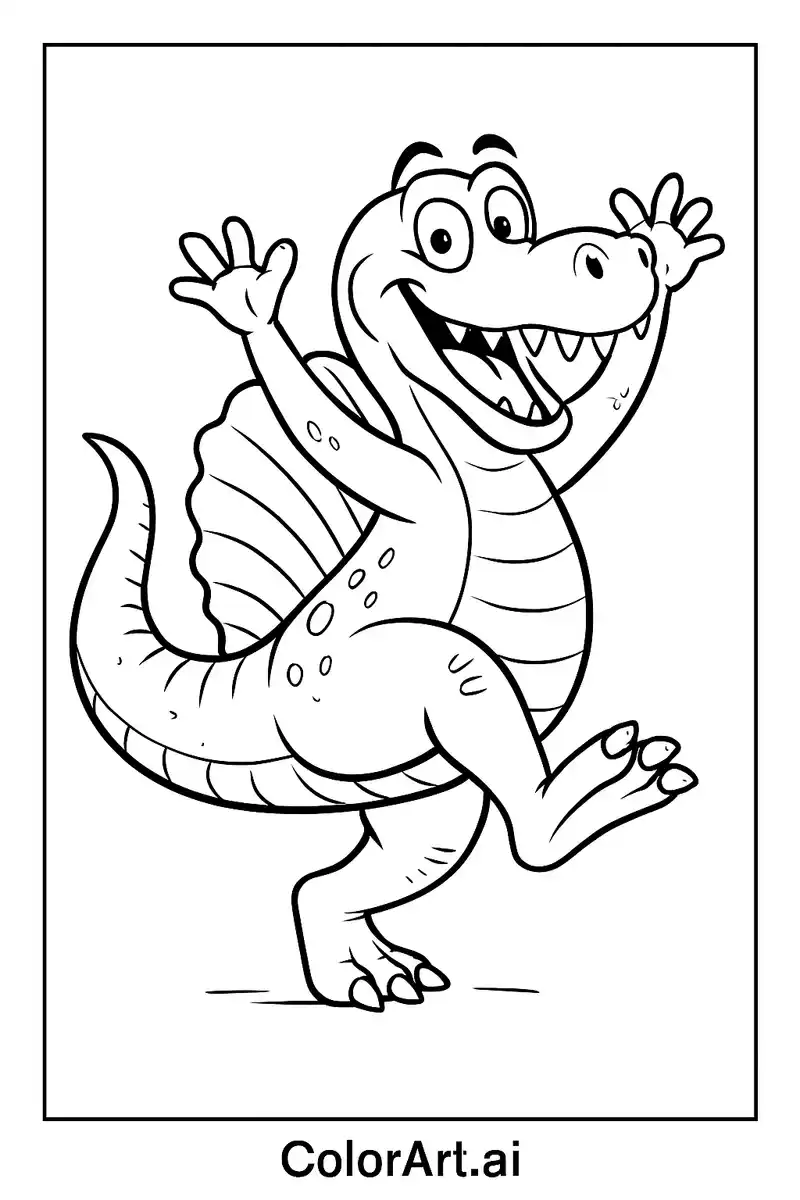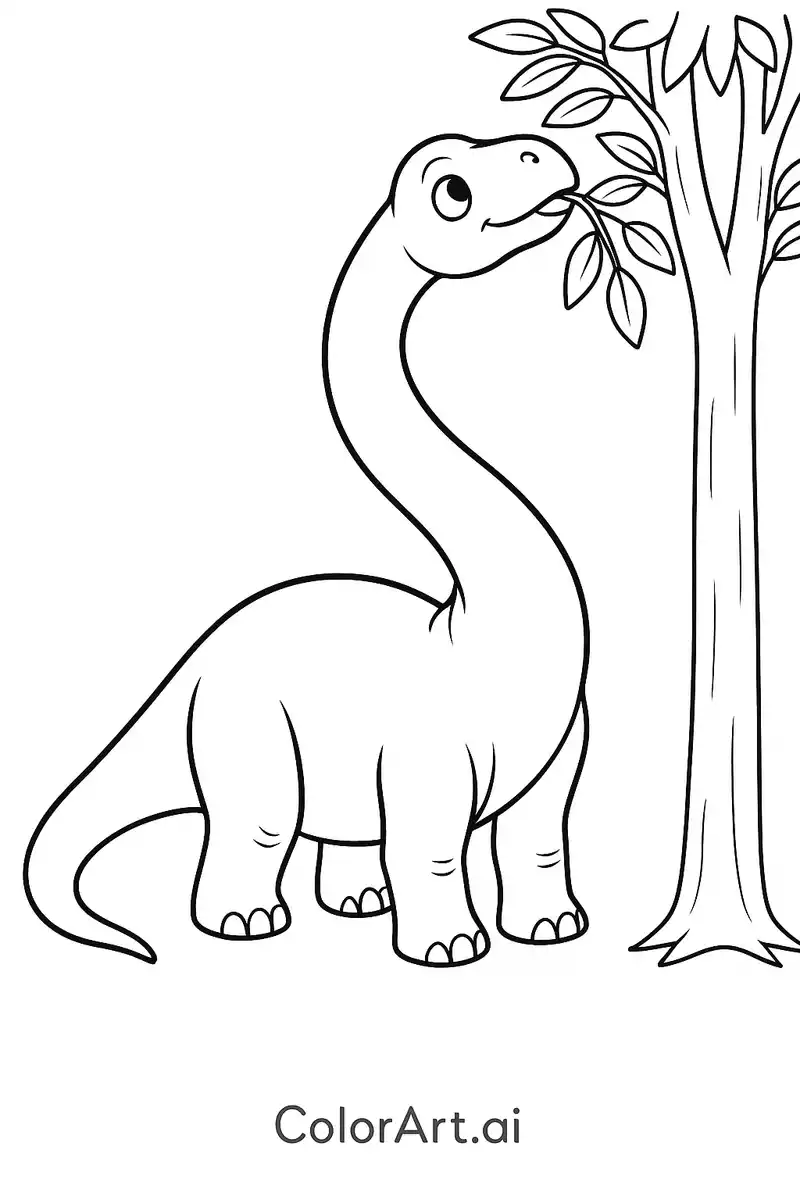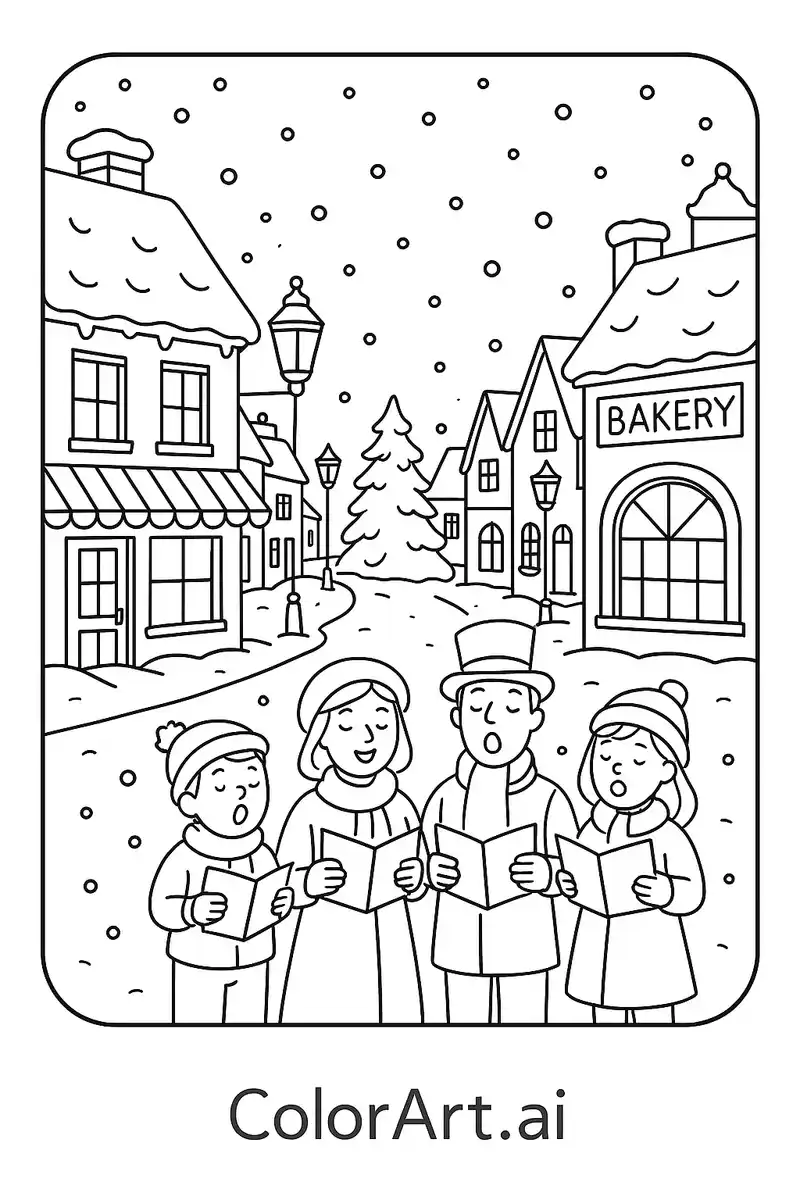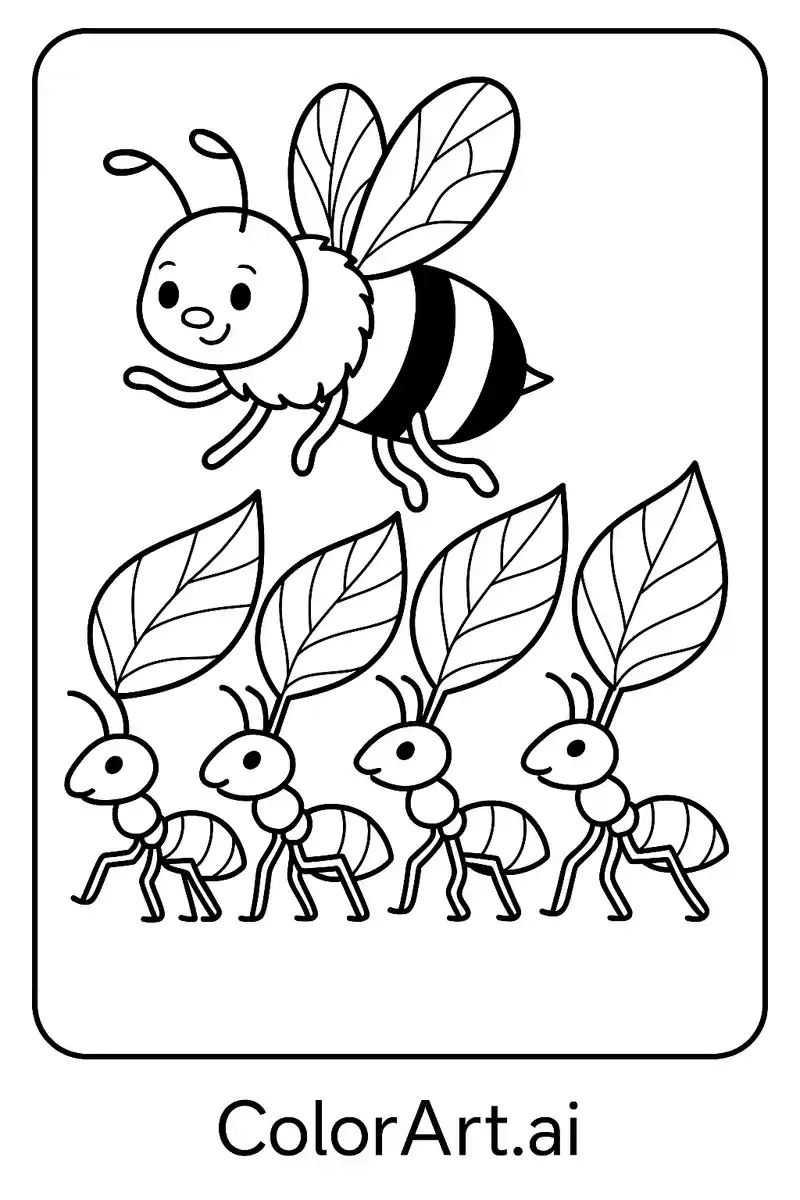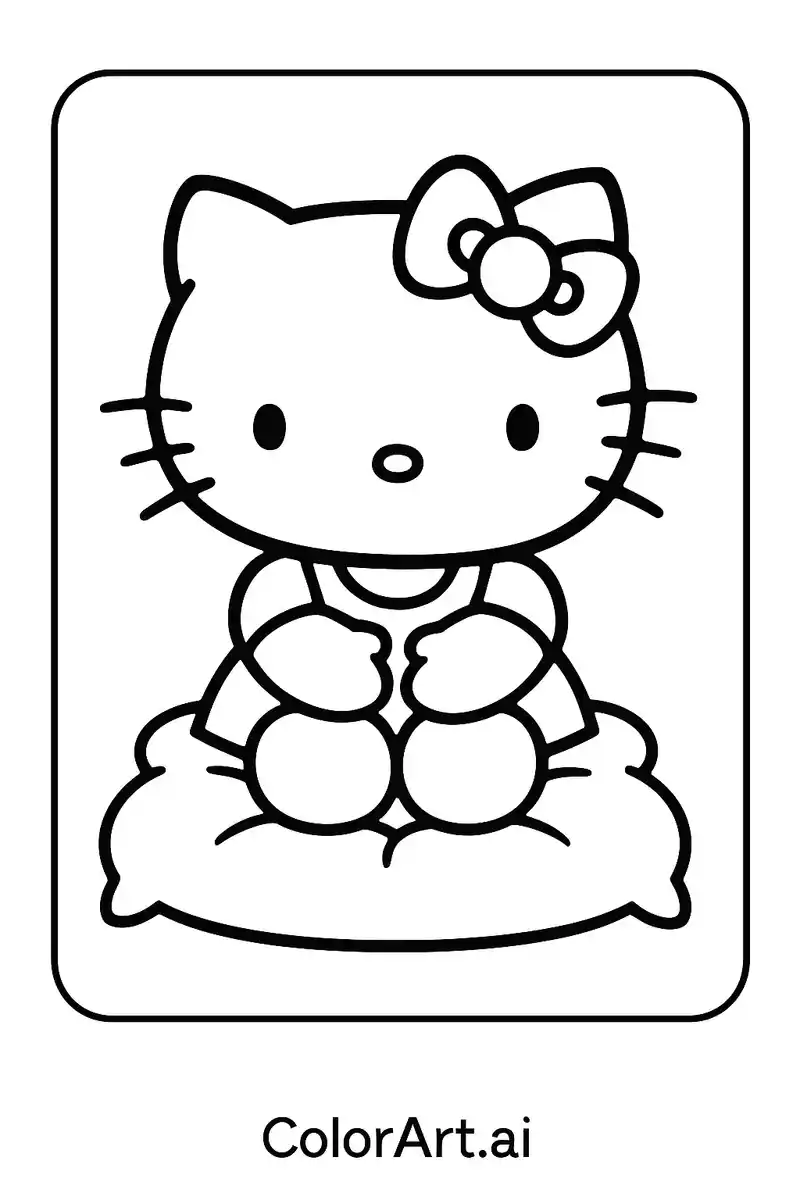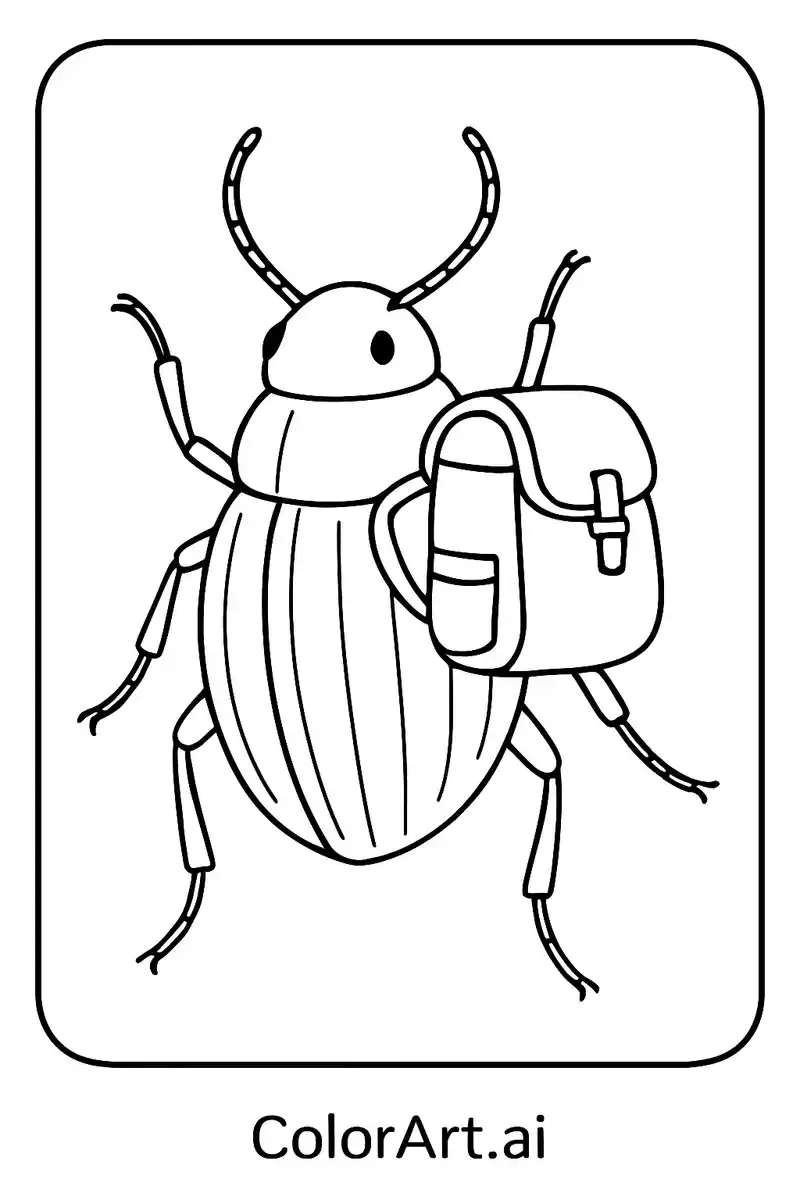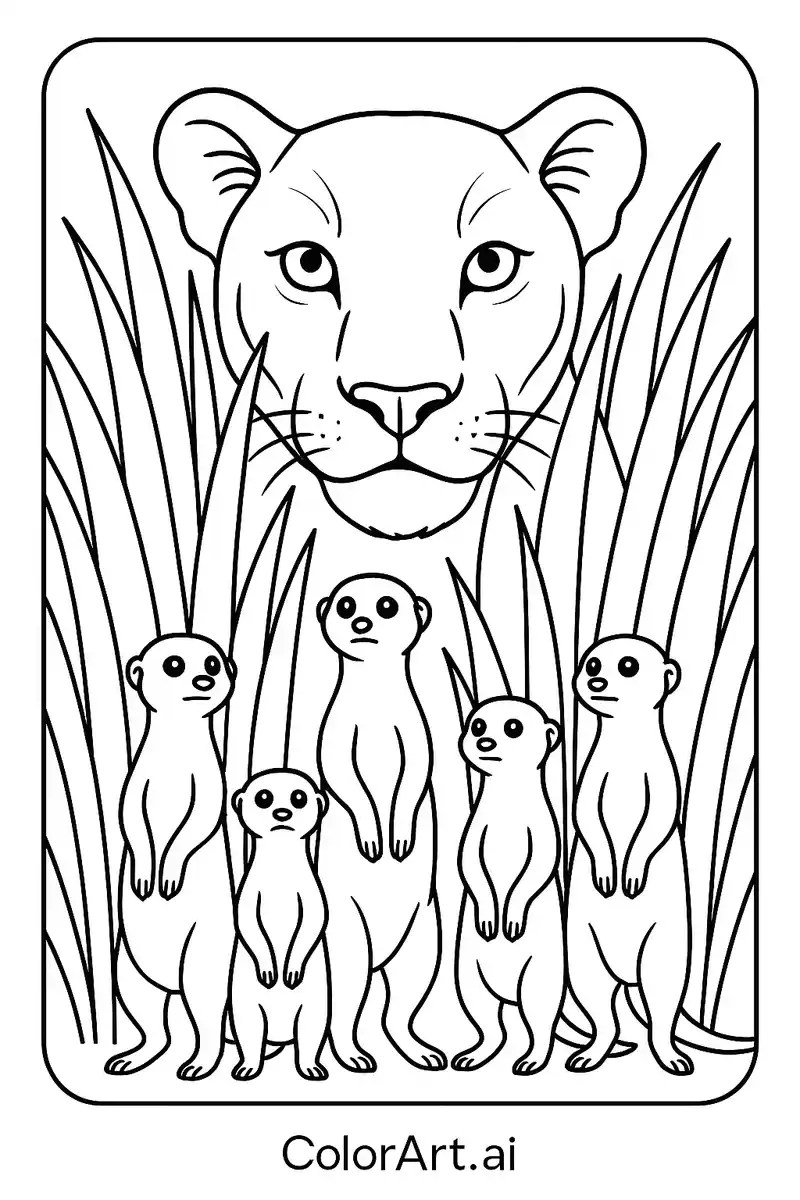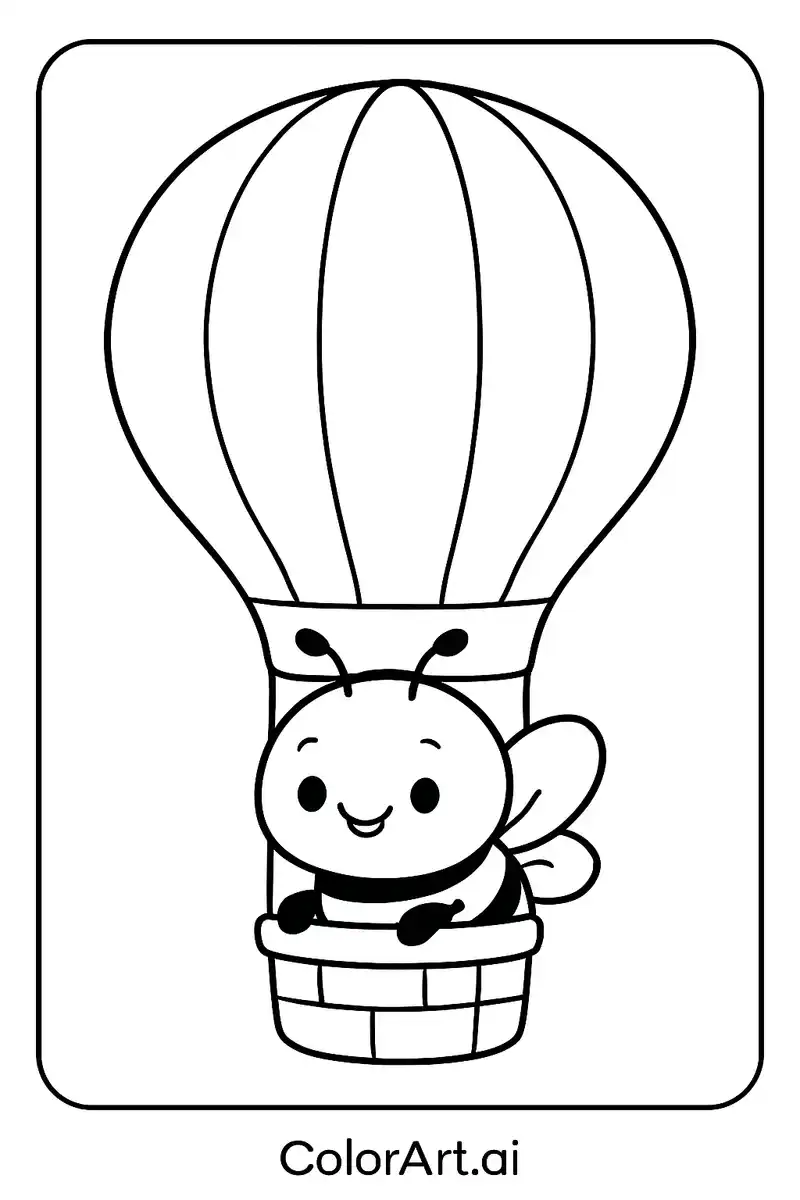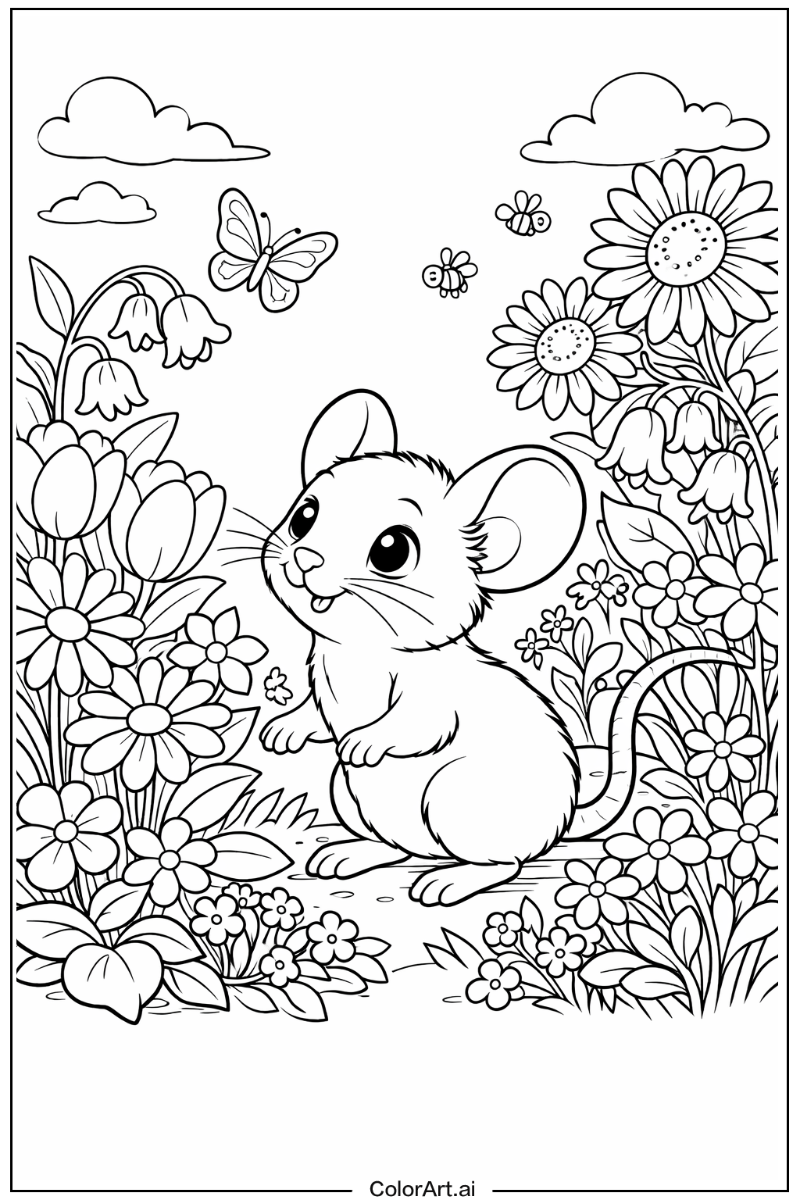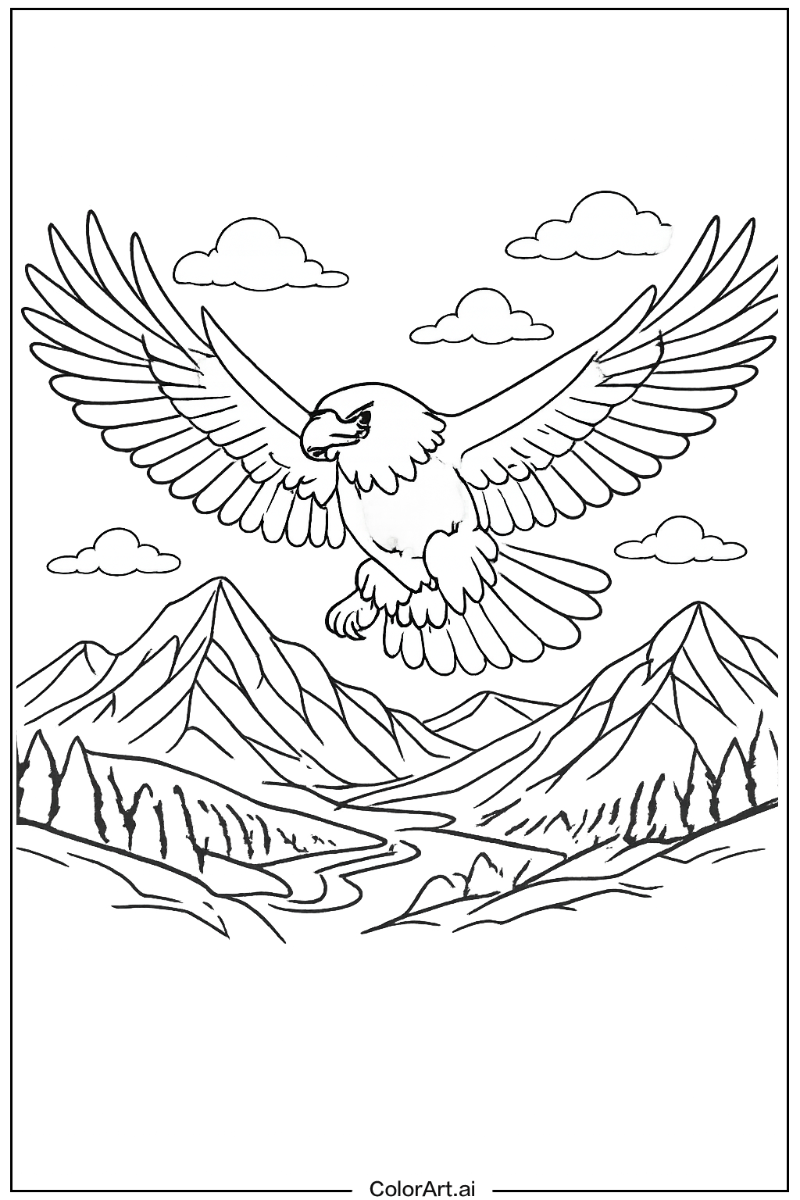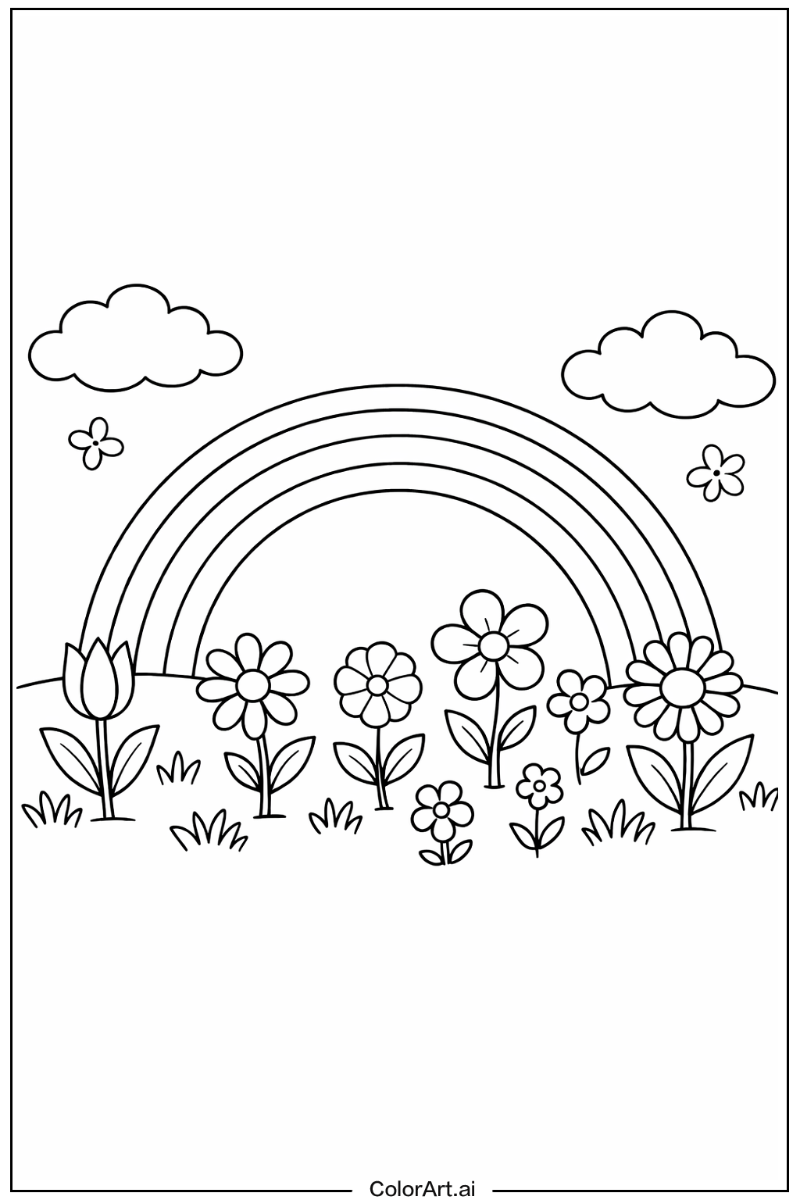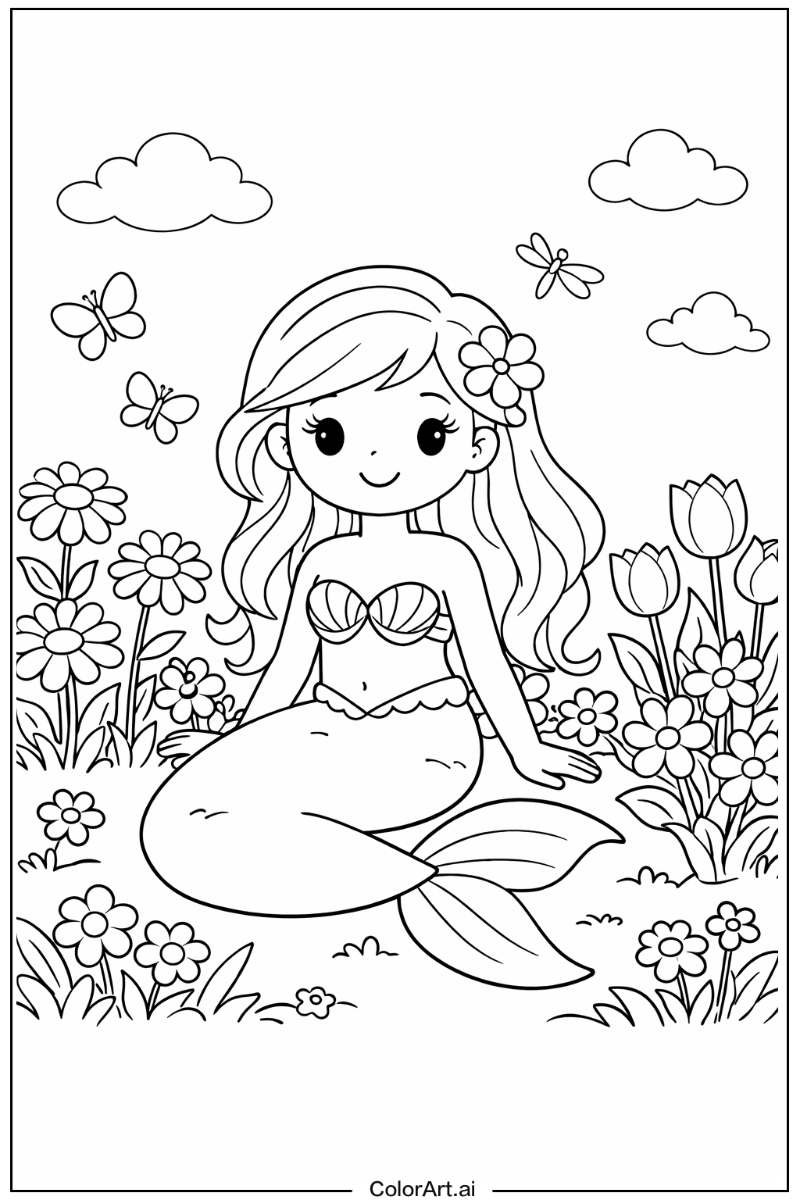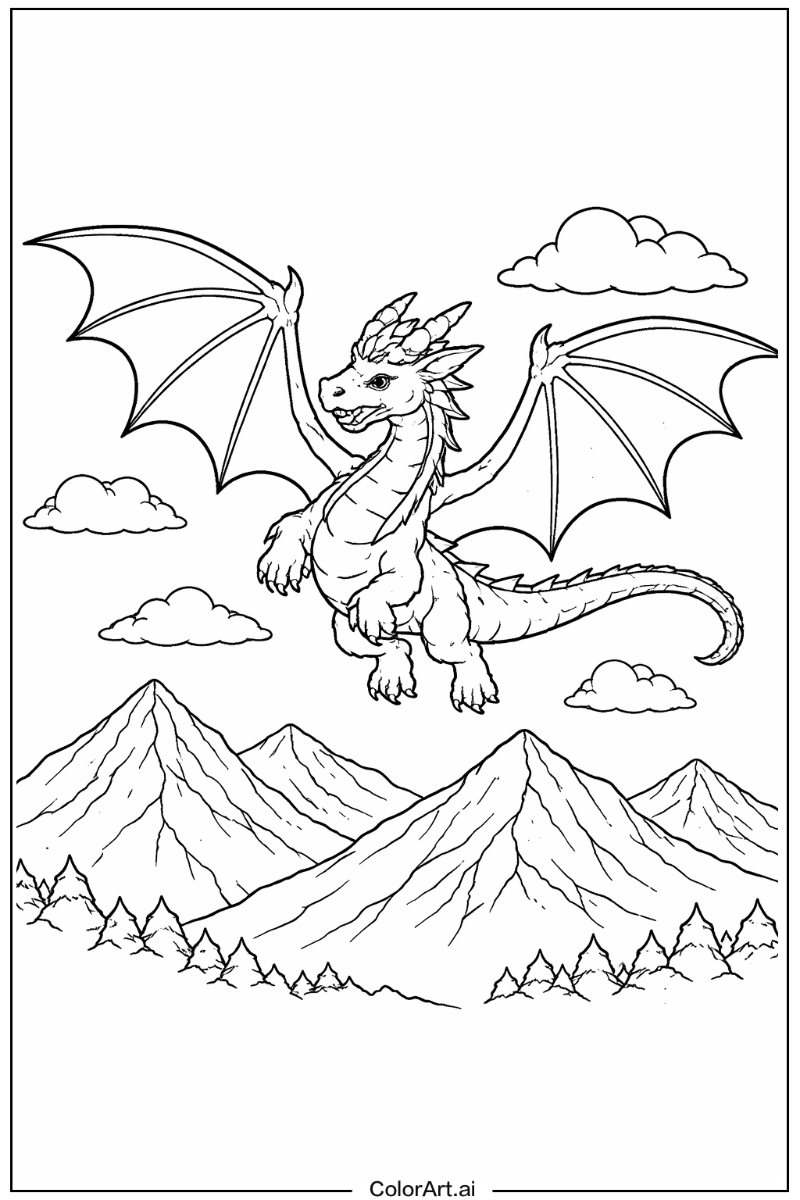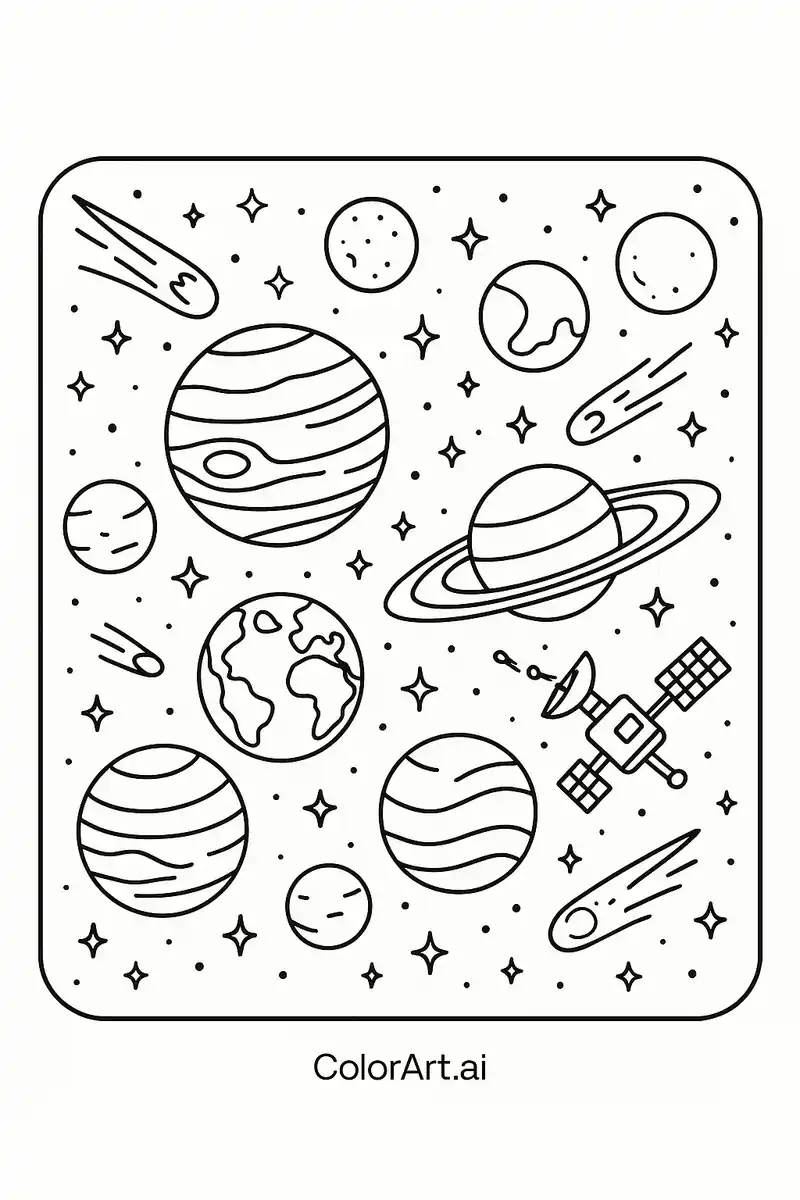
This captivating space science coloring page invites young explorers on an artistic journey across the galaxy! Floating among the vast darkness of the universe are an exciting array of planets, shooting comets, twinkling stars, and even a satellite gliding through outer space. The planets are illustrated in a variety of shapes and sizes—from Earth with its recognizable continents to Saturn with its iconic rings and gas giants marked with swirling cloud bands. Small, round moons and rocky asteroids also appear, enriching the space scene. In the bottom corner, a modern satellite with solar panels orbits quietly, representing the amazing tools scientists use to study our solar system.
The layout is densely packed with space-themed details, creating a vibrant and imaginative scene that sparks curiosity about astronomy and STEM education. Children can freely interpret this cosmic environment with color while learning about the beauty of planets, the mystery of stars, and the importance of technology in space exploration. This is a free printable coloring page that’s perfect for fun, learning, and creativity all at once—and easy to download in pdf or png format!
Coloring Tips for Kids
Planets & Celestial Bodies
- Earth: Color the oceans with #1E90FF (Dodger Blue) and the land with #228B22 (Forest Green). Add a lighter blue #87CEFA around the edges for atmosphere.
- Saturn: Use #F4A460 (Sandy Brown) for the planet and #FFD700 (Gold) for its rings. Shade with #CD853F (Peru) for depth.
- Gas giants (e.g. Jupiter): Try #DEB887 (Burly Wood) with swirling patterns in #A0522D (Sienna) and eye-catching storms in #B22222 (Firebrick).
- Moons & small rocky planets: Use grays like #A9A9A9 (Dark Gray) or #D3D3D3 (Light Gray).
- Creative planets: Kids can invent their own! Use pink #FF69B4, teal #40E0D0, or purple #9370DB for a dreamy alien world.
Space Background
- Use #000000 (Black) or deep navy #191970 (Midnight Blue) for the space background.
- Stars can sparkle in #FFFFFF (White), #FFFF00 (Yellow), or light lavender #E6E6FA for variety.
- Comets can have glowing tails in #FFA500 (Orange), #00BFFF (Deep Sky Blue), or #FF00FF (Magenta).
Space Equipment
- Satellite body: Try #C0C0C0 (Silver) for a shiny look with black panels #2F4F4F (Dark Slate Gray).
- Use #4682B4 (Steel Blue) for technical parts to add depth and a techy feel.
Cosmic Phenomena & Visual Effects
- Comet flames can be shaded with a gradient from #FFFF00 (Yellow) to #FF4500 (Orange Red).
- Add subtle glows around planets or moons using #DA70D6 (Orchid) or #00CED1 (Dark Turquoise).
- Stars can twinkle with a soft halo using #FFE4B5 (Moccasin).
Science Meets Creativity
- Mix scientific accuracy with imagination—make a real Mars in #B22222 or invent a rainbow-striped exoplanet!
- Encourage shading with two-tone gradients for planets using #3CB371 + #2E8B57 or #FF8C00 + #FFA07A.
Color Harmony Palette Suggestion
- #1E90FF, #228B22, #FFD700, #DEB887, #C0C0C0, #FF69B4, #191970, #FFFFFF
This space science coloring page is more than just a printable activity—it’s a window into discovery! Use this free pdf or png download to help children develop creativity and curiosity about the universe while having a stellar time with colors. Perfect for school projects, family fun, or just an out-of-this-world afternoon!
